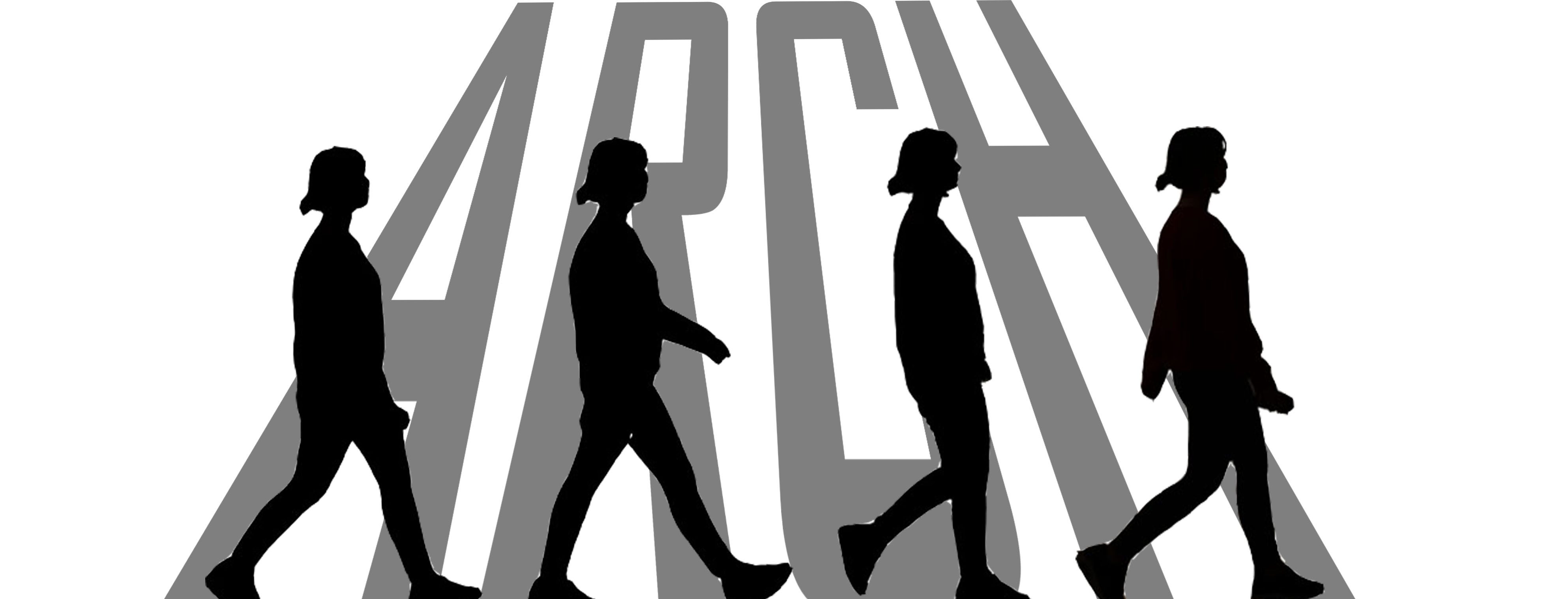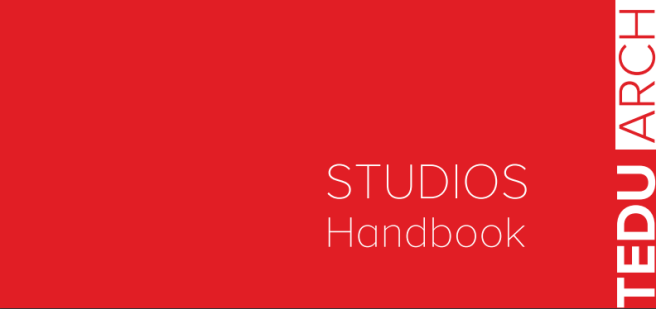 Adolf Loos was one of the most important and compelling European architect of the 19th century. He became a pioneer of modern architecture additionally contributed criticism of innovation in architecture. Other than he was a writer. One of his books which is Ornament and Crime that I am attending to specify, compose of his articulations almost ornament. He made a strong critic of ornament in this book. Besides, as an author, he had a major effect on the advancement of 20th-century architecture with an arrangement of his book. He made a discussion approximately how ornamentation is taken into thought as a crime since it could be a squander of wellbeing, time, cash, materials that are utilized. He thought that ornamentation is restricting the question to appear its possess potential. Too, he guards that the advanced man ought to dispose of the ornament to reach the most noteworthy advancement and ought to get freed of worsen title. He argues that the utilize of ornament closely related to social deteriorate. On the other hand, he examines that we have to design things without imitating the past ages, styles. We ought to not as it was inspired by previous periods and disregard our age since when the long run generations see at the back, they will not be able to comprehend our styles, needs.
Adolf Loos was one of the most important and compelling European architect of the 19th century. He became a pioneer of modern architecture additionally contributed criticism of innovation in architecture. Other than he was a writer. One of his books which is Ornament and Crime that I am attending to specify, compose of his articulations almost ornament. He made a strong critic of ornament in this book. Besides, as an author, he had a major effect on the advancement of 20th-century architecture with an arrangement of his book. He made a discussion approximately how ornamentation is taken into thought as a crime since it could be a squander of wellbeing, time, cash, materials that are utilized. He thought that ornamentation is restricting the question to appear its possess potential. Too, he guards that the advanced man ought to dispose of the ornament to reach the most noteworthy advancement and ought to get freed of worsen title. He argues that the utilize of ornament closely related to social deteriorate. On the other hand, he examines that we have to design things without imitating the past ages, styles. We ought to not as it was inspired by previous periods and disregard our age since when the long run generations see at the back, they will not be able to comprehend our styles, needs.
“Since ornament is no longer a natural product of our culture so that it is a phenomenon either of backwardness or degeneration.”
He relates ornamentation to the deceleration of the country to his own time. He employments the similarities from ordinary objects such as cigarette cases, clothing, etc. to create this point.
Additionally, he also specifies that as long as the work of the protest does not alter, but something like ornamentation that we squandered our time on to do on that, can alter the cost of this protest. For example, he delivers a case on that, he compares two laborers working on the same protest, the distinction is one of the labor is creating an ornamented question and the other one is creating a basic, plain one. The labor who didn’t utilize ornamentations in his item, created the same question in terms of capacities as it were in less time. In concluding, he states that ornamenting may be a waste of time, parallel to this it is additionally squandered of cash. At the point, Loos moreover say to the economy and the negative impacts of ornamentation on shoppers, since ornamented objects draw in consideration outwardly than not ornamented ones.
In conclusion, I can’t specifically judge ornamentals as a criminal. I think purposeful is important on that point. I think we shouldn’t consider the ornament in an ethical measurement since it is more approximately stylish. It can alter individual to individual. For instance, somebody like ornamented and somebody just like the easiest, immaculate frame of the thing. I don’t also agree on the “ornament could be a squander of time and money” thought, since ornamenting something require manual labor and decision to how the producer applies it on the object. So in case, there’s more manual labor which implies investing more time on it and is such kind of diverse materials that’s utilized for ornaments, it ought to be more costly. But at a few time ornaments constrain us the otherworldly way so that we ought to utilize it reasonably and tastefully at the same time.

 Steen Eiler Rasmussen is a Danish architect. He was born on 9 January 1898 and died on 19 June 1990. He is the author of London: The Unique City, which is called the best book on London as a town. The other well-known books of him are Town and Buildings, Experiencing The Architecture.
Steen Eiler Rasmussen is a Danish architect. He was born on 9 January 1898 and died on 19 June 1990. He is the author of London: The Unique City, which is called the best book on London as a town. The other well-known books of him are Town and Buildings, Experiencing The Architecture.














